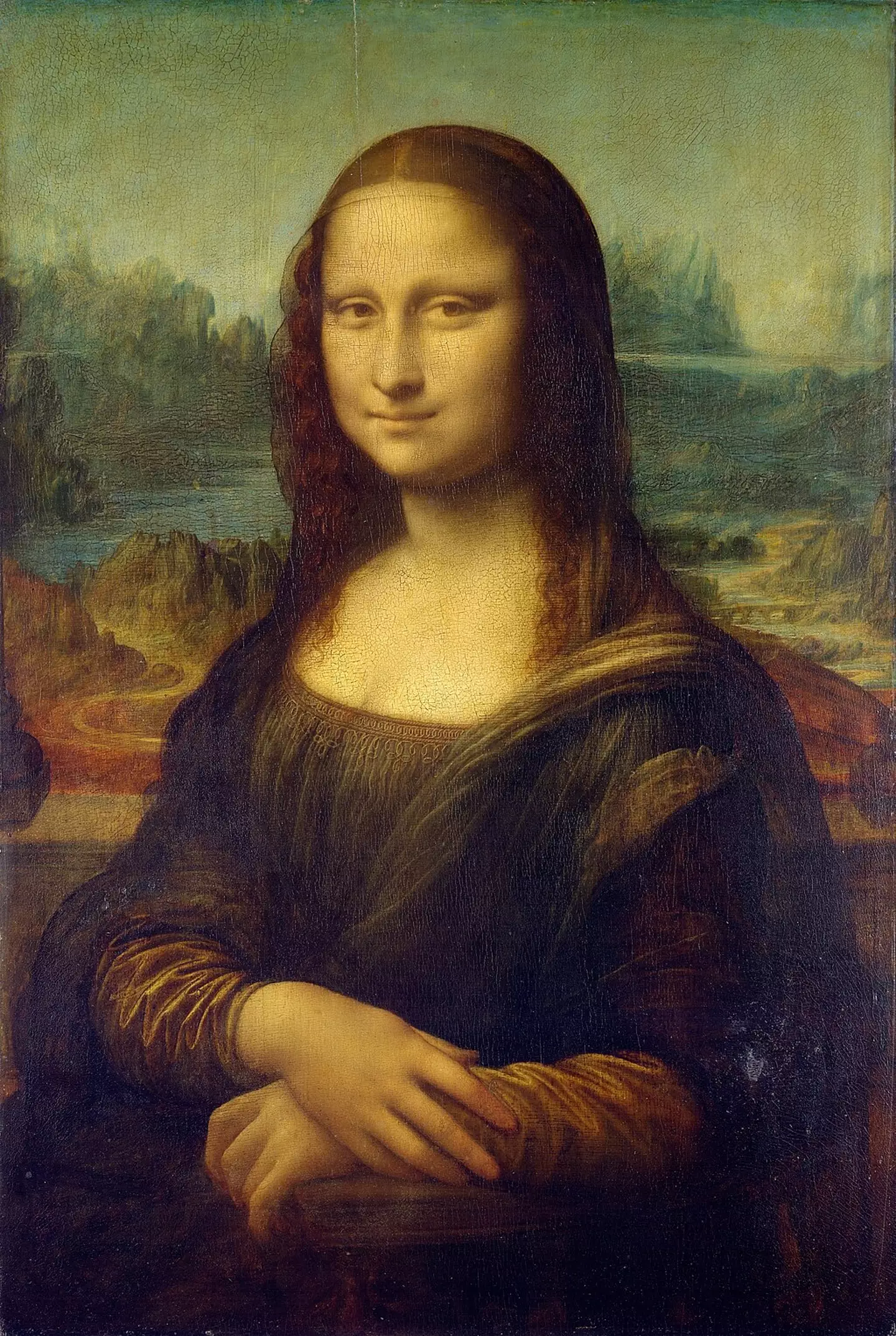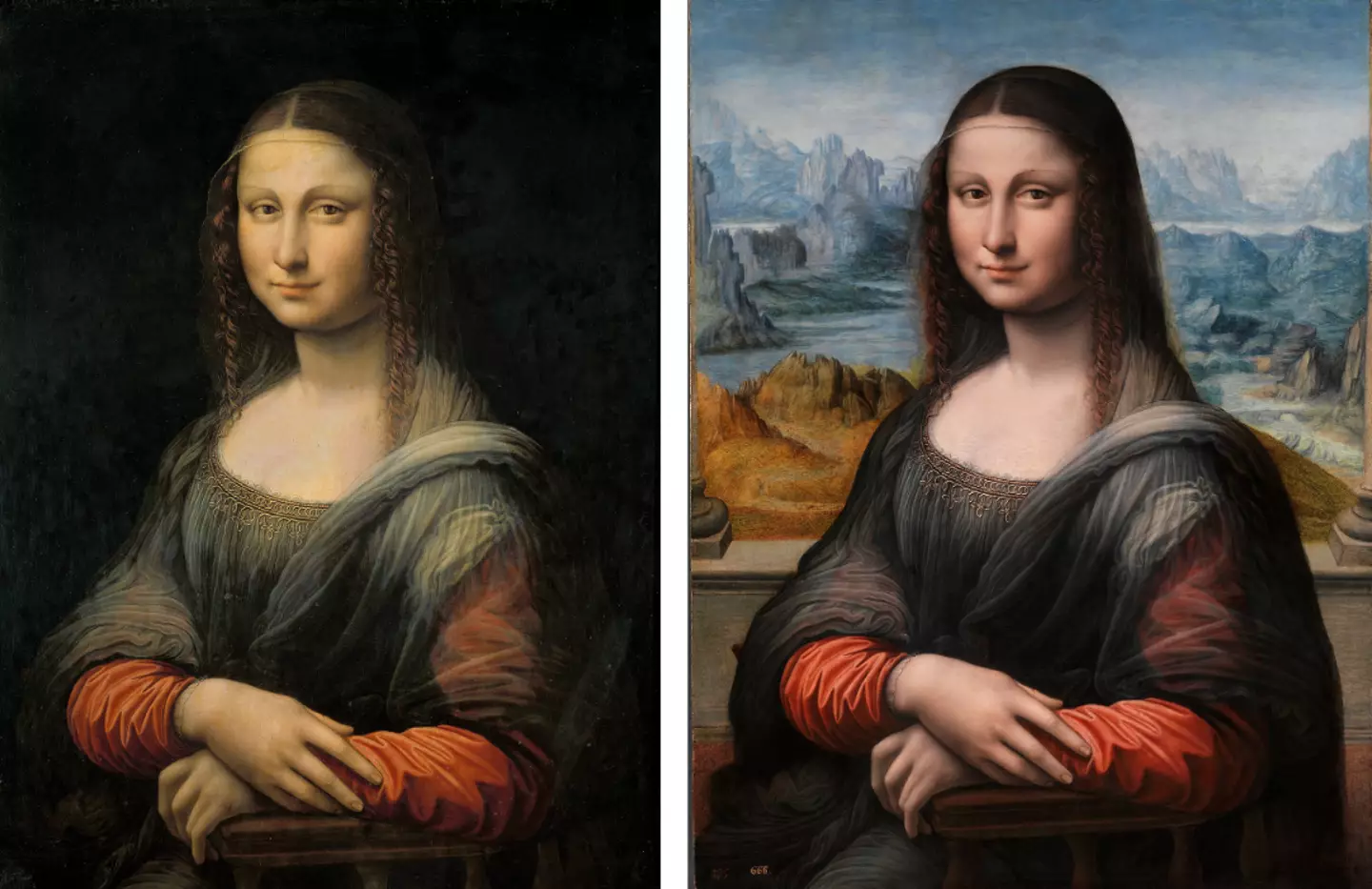
Topics: News, Art, World News

Topics: News, Art, World News
It's one of the most famous paintings in the world, but a copy of the Mona Lisa could actually reveal more to us about the iconic painting.
We're not talking about a printed copy here, or even something done by an artist today.
This was a copy that was made in Leonardo Da Vinci's own studio by one of his apprentices, and is now on display at the Museo del Prado in Madrid.
Back in the Renaissance, it was common practice for a well-known artist to keep apprentices in their studios.
While working there apprentices would learn tricks of the trade like how to properly mix paints and prepare canvases.
Advert
They might also paint in the backgrounds on particularly large paintings, with the artist themselves only doing the most important bits.
Another thing apprentices would do was to produce copies of works, like this one, and to help keep up with demand.
Think of it like an aspiring chef training at Gordon Ramsay's flagship restaurant.
But there's one key reason why this particular copy tells us more about Da Vinci's own portrait.
Advert
So what is it?

It's because this copy was painted over.
That might sound counterintuitive, but it's had a profound impact on the picture as we now see it.
Advert
Further work was carried out on the portrait to alter it, including changing the appearance of the sitter and, crucially, painting over the background in black.
This gives an intense chiaroscuro effect, contrasting the light and the dark to create a far more intimate and almost claustrophobic feel rather than the very grand and expansive background we see in the original Mona Lisa.
The painting was subsequently restored, with specialists painstakingly removing layers of paint to reveal the original work.
Take a look at the painting before and after this process:

Advert
You might notice the restored version looks much brighter than Da Vinci's painting.
This isn't because Da Vinci painted it differently, it's because the original has been exposed to the elements for over 500 years and over time this changed the way the picture looks.
But because these details were painted over in the copy that layer of paint was protected for all that time, so now we can see it much closer to how it would have looked all those years ago.
This also means that details which have faded in the original are still visible here.
Advert
People studying the painting found the extra layer when they were carrying out scans on the canvas.
This technique can be used to tell us if paintings have had 'extra work' done on them over the years such as restorations or alterations.
It can also be used with books, revealing things on very old manuscripts which have been scrubbed out or faded.